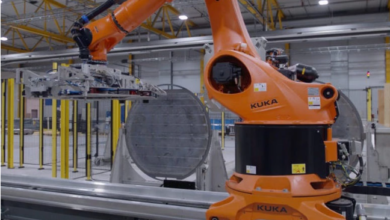AGL and Fortescue Future conduct feasibility study for hydrogen in the Hunter
Since announcing the MoU, AGL and FFI are finalising the scope of the feasibility study.

AGL Energy (AGL) expanded feasibility study with additional partners is underway to explore the development of a green hydrogen and ammonia production facility at AGL’s Hunter Energy Hub.
Independent technical consultancy GHD Advisory is carrying out the feasibility study for AGL as the hub provider and Fortescue Future Industries (FFI) as the exclusive producer of green hydrogen at the site.
The feasibility study, which is mapping key operational and commercial plans for the project as well as developing a production timeline, is also leveraging the input of additional key industry and consortium partners across multiple sectors which have signed Memorandums of Understanding related to the project:
- APA Group – a leading Australian energy infrastructure business
- INPEX Corporation – a global energy exploration and production company
- Jemena – a leading owner and operator of a diverse portfolio of energy infrastructure assets across Australia
- Osaka Gas Australia – a wholly-owned subsidiary of Osaka Gas Co Ltd – global natural gas and power company
The feasibility study, due for completion by the end of the year, was another big step forward in AGL’s vision for an industrial low-carbon energy hub at the site of Liddell and Bayswater power stations.
By working hand in hand with Fortescue Future Industries, AGL will support Australia’s emerging green hydrogen industry and bring expertise in large-scale renewable generation to the fold.
Early estimates suggest the site can support a hydrogen facility of up to 2GW in scale, but we will also test critical inputs, including renewable energy costs, firming requirements, electrolyser capital costs, logistics and utilisation.
The feasibility scope will focus on assessing the accelerated implementation of a large-scale production facility from minimum 150MW and up to 2GW of hydrogen and preferred derivatives including ammonia for export and domestic use.”
The Hunter Energy Hub will be the first of its kind in Australia and will be an example of how an energy hub can combine grid-scale batteries, solar thermal storage, wind and pumped hydro. It will be an industry-leading model for our other large generation sites and others across the country.
Following the feasibility study, AGL expects this project, along with the others in the Hunter Energy Hub, to drive the development of around 1,000 permanent jobs across energy production, advanced manufacturing, recycling and the production of chemicals.
Markus Brokhof, AGL COO, said, “As we create our Hunter Energy Hub, our aim is to develop strong partnerships that enable an efficient ecosystem and create a circular economy.”
FFI Director for East Australia and NZ, Felicity Underhill, said, “The scale of green hydrogen production potential in the Hunter region is world-leading, and we’re keen to accelerate the delivery of this potential.”
